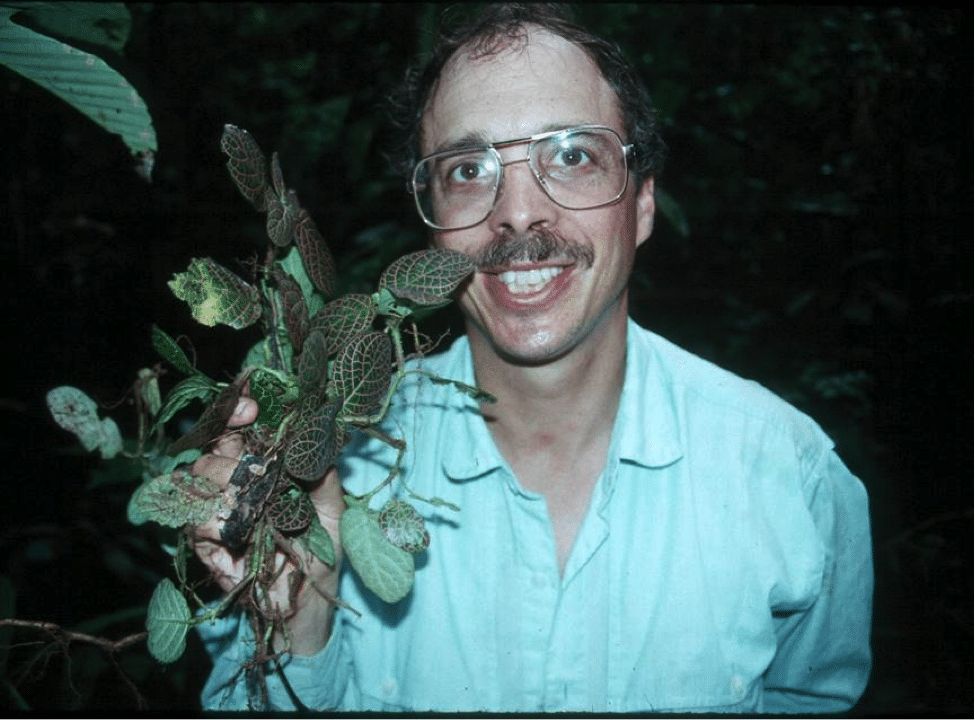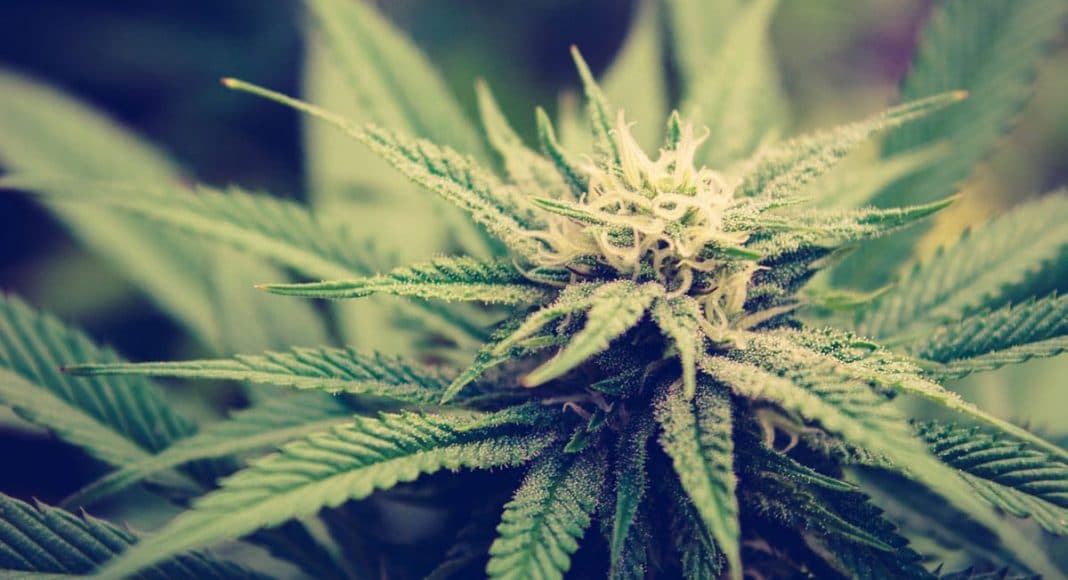A long time ago, back before the science of cannabis came of age, most people thought the forceful aroma of the herb came from THC. How silly we were! The fact is that the pungency of the plant comes from terpenes — powerful smell molecules that occur in many plants but occur in stronger concentrations in cannabis than most plants. The most common terps are key components in lemon, pepper, lavender, and pine. We’re not talking mild aromatherapy here. Terpenes in cannabis occur in seriously powerful concentrations. When dried and heated, they combine to form a tsunami of chemical cascades that, when combined with THC, direct the trajectory of the high.

-
Related Story: 5 States That Aim To Legalize Recreational Marijuana In 2018
One of those leading investigators into the effects of terpenes for health and for high, is Dr. Ethan Russo, physician, ethnobotanist, and the newly appointed Director of Research and Development at the International Cannabis and Cannabinoid Institute (ICCI). Recently, Ethan and Jahan Marcu, Chief Science Officer at Americans for Safe Access, published an extraordinary paper identifying the most prevalent of the 200 terps that make up what they call the “pharmacological treasure trove” in the plant.
Think of it. Kona Gold, Panama Red, Acapulco Gold, all these great 70s genetics that got some lucky people beautifully high had lower THC content than strains today, but they were rich in terpenes. The really amazing highs, the ones that take you in interstellar directions are the result of terpenes. Think of it like this: THC determines how wide the door to the brain opens; terpenes are the different paths that are illuminated once you walk through.

-
Related Story: 4 Cannabis Stocks We Are Watching Today: October 17, 2017
Once you know a little about how these smell molecules work, and if you’re lucky enough to live in a legal state where the chemical components of each strain is posted, you can pretty much predict the effects. A strain like Bubba Kush has a higher concentration of myrcene and linalool (hops and lavender) terps that cause relaxation and chill. Lemon Haze is richer in pinene and limonene (pine and lemon), which makes it more uplifting and clear.
The great thing is that you needn’t be a scientist to know the major aromas at play. Listen in!
Joe Dolce is the author of Brave New Weed: Adventures Into the Uncharted World of Cannabis, now out in paperback!


